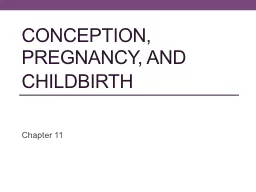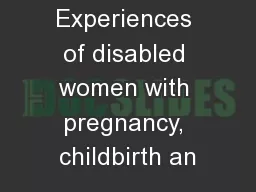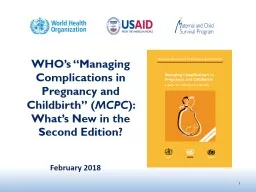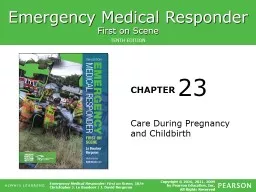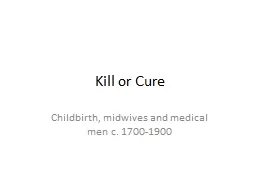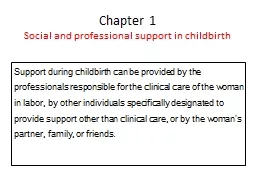PPT-Pregnancy and Childbirth
Author : tawny-fly | Published Date : 2016-08-16
Why has the fertility rate changed over time Better healthcare and nutrition Fewer children die because of childhood diseases Dont need children to help work on
Presentation Embed Code
Download Presentation
Download Presentation The PPT/PDF document "Pregnancy and Childbirth" is the property of its rightful owner. Permission is granted to download and print the materials on this website for personal, non-commercial use only, and to display it on your personal computer provided you do not modify the materials and that you retain all copyright notices contained in the materials. By downloading content from our website, you accept the terms of this agreement.
Pregnancy and Childbirth: Transcript
Download Rules Of Document
"Pregnancy and Childbirth"The content belongs to its owner. You may download and print it for personal use, without modification, and keep all copyright notices. By downloading, you agree to these terms.
Related Documents





